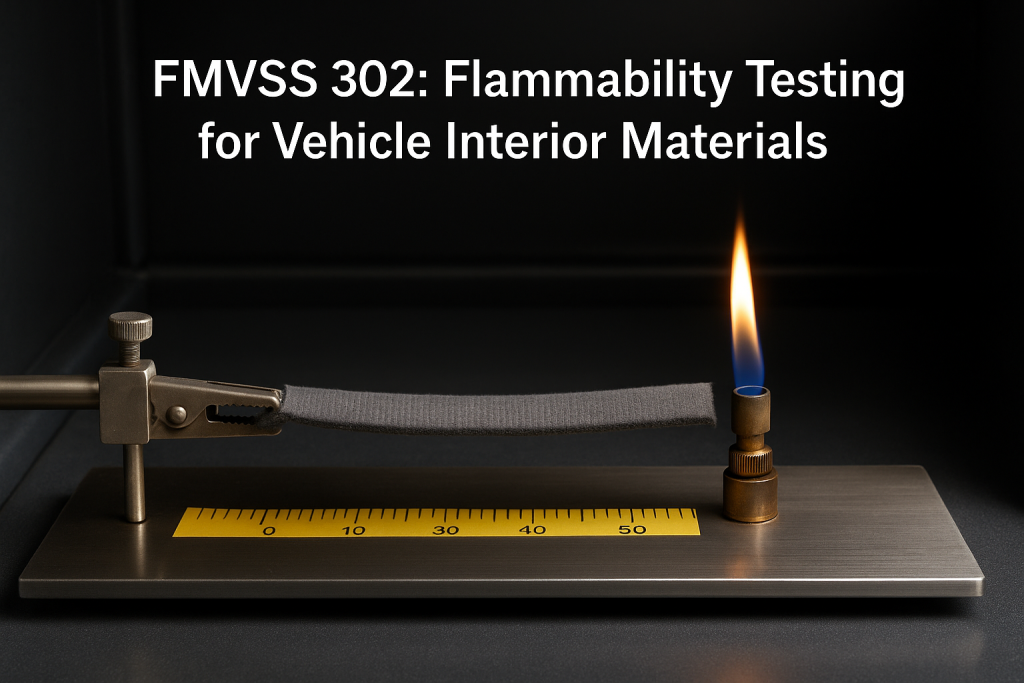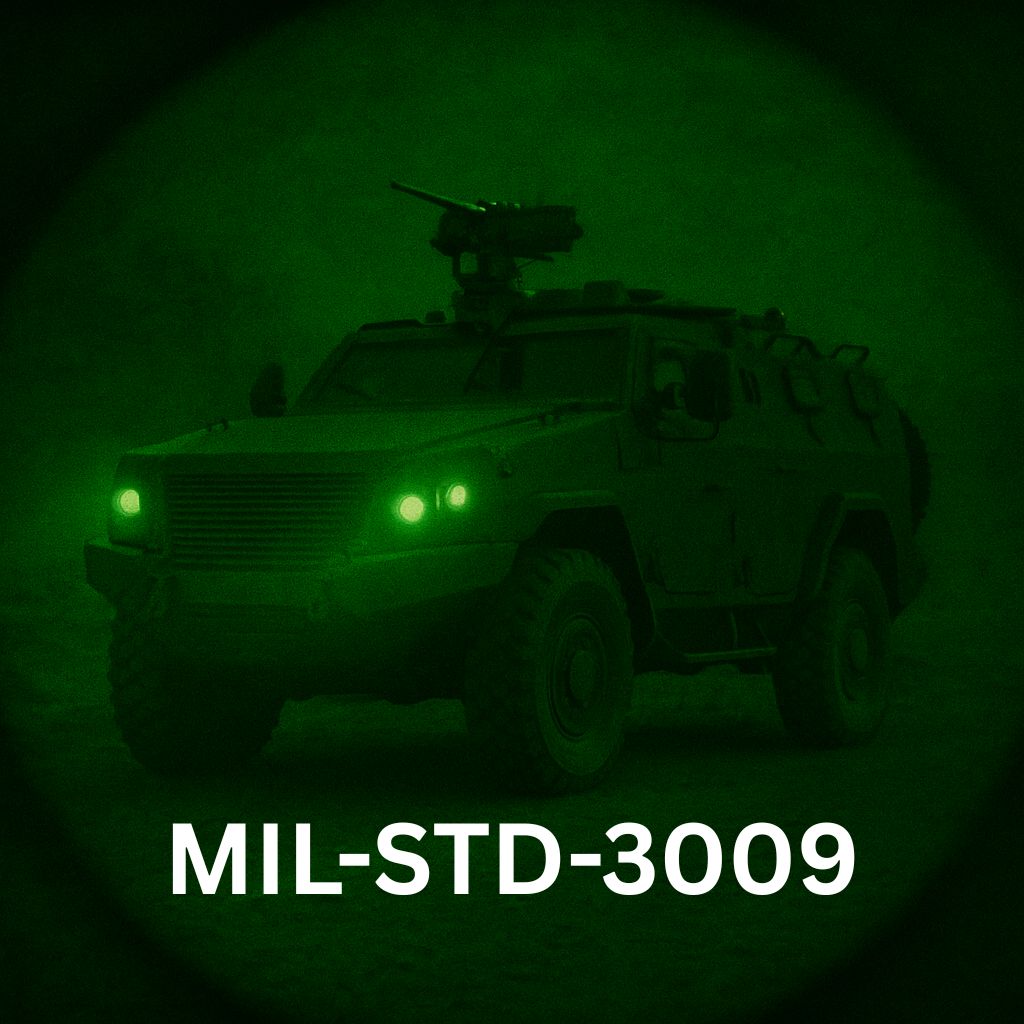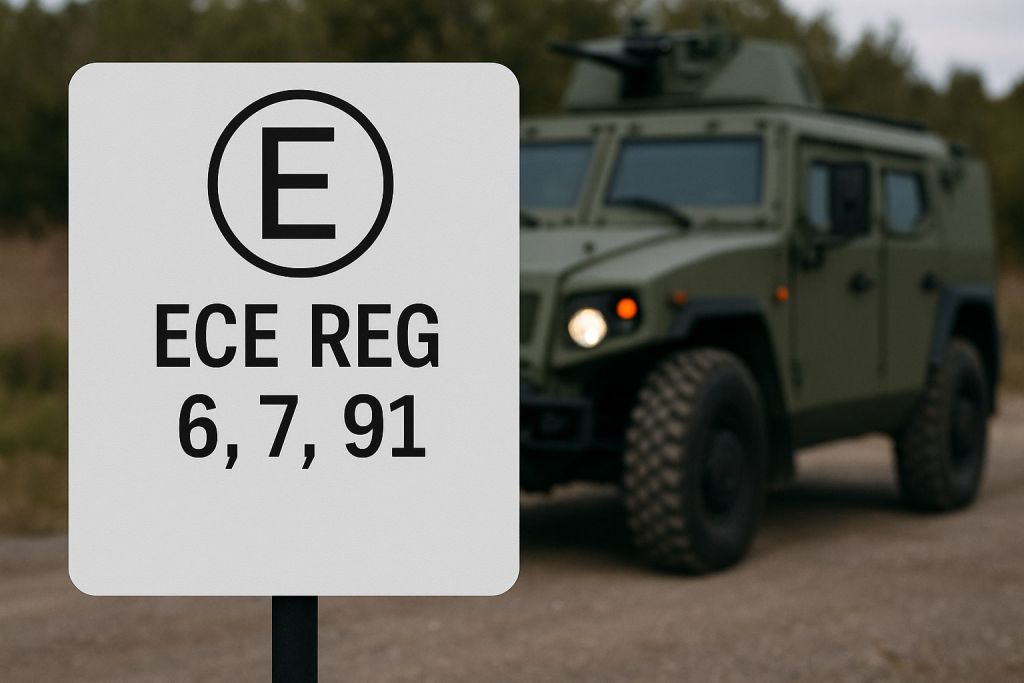How Long Does LED Last and Why LED Lighting Is So Durable
LED lighting is known for its long lifespan and exceptional durability, especially in demanding environments such as military, industrial and heavy-duty vehicle applications. When people ask how long does LED last, the answer depends on several factors, including the quality of the components, thermal design and operating conditions. This guide explains what determines LED longevity, why LEDs outperform older lighting technologies and what you can expect in real tactical use.

Understanding LED Lifespan
LEDs do not burn out like traditional bulbs. Instead, they slowly dim over time. Lifespan is measured using the L70 standard, which indicates how many hours an LED will run before its brightness drops to 70 percent of its original output.
Typical high-quality LED lifespans:
-
35,000 to 50,000 hours for standard applications
-
50,000 to 70,000 hours for premium tactical and industrial LEDs
-
Up to 100,000 hours in well-controlled conditions
To better understand LED fundamentals, you can read our knowledge base page on LED lighting explained.

This graph represents a generalised estimation of LED lumen depreciation over time. Actual performance may vary based on LED quality, thermal management, operating conditions, driver design and environmental factors.
Why LEDs Last So Long
Several engineering factors contribute to LED durability and long service life.
Solid-State Design
LEDs have no filaments, glass tubes or pressurised gas. This makes them naturally resistant to:
-
Vibration
-
Shock
-
Drops
-
Rapid movement
This is a major reason LEDs are used in tactical flashlights and rugged field lighting.
Low Heat Generation
LEDs convert most of their energy into light, not heat. Less heat means:
-
Reduced component stress
-
Slower degradation
-
Longer operational life
High-Quality LED Drivers
The driver regulates electrical input and protects the LED from voltage spikes.
A reliable driver extends longevity dramatically.
For vehicle use, our article on infrared vehicle lighting explains how lighting systems must handle power fluctuations.
Rugged Housing and Sealed Construction
Military and industrial LED systems often use:
-
Aluminium housings
-
IP-rated sealing
-
Shock-absorbing mounts
-
Reinforced lenses
These design elements make LEDs suitable for harsh weather, dust, moisture and temperature extremes.
LED Lifespan Compared to Other Lighting Technologies
| Lighting Type | Typical Lifespan | Durability | Maintenance Requirement |
|---|---|---|---|
| LED | 35,000 to 100,000 hours | Excellent | Very low |
| Incandescent | 750 to 2,000 hours | Poor | High |
| Halogen | 2,000 to 4,000 hours | Fair | Moderate |
| Fluorescent | 7,000 to 15,000 hours | Moderate | Moderate |
LEDs greatly outperform older technologies in both lifespan and durability.
Factors That Affect How Long an LED Lasts
Even the best LEDs are affected by external factors.
Temperature
Excessive heat shortens LED lifespan.
High-quality fixtures include heat sinks and thermal protection to keep temperatures stable.
Power Quality
Unstable voltage, poor driver design or electrical interference can accelerate wear.
This is especially important for vehicles and tactical platforms.
Environmental Exposure
Dust, water, salt and impact can damage poorly protected fixtures.
Military-grade LEDs avoid this through sealed designs.
Usage Pattern
Running LEDs at full brightness for long periods generates more heat.
Dimming or using medium output modes helps extend lifespan.
Do LEDs Lose Brightness Over Time?
Yes. All LEDs gradually lose brightness as part of normal operation.
This slow reduction is called lumen depreciation.
High-quality LEDs lose brightness at a slower rate, delivering stable output for many years.
For use cases requiring visible markers even after many years in the field, our tritium and LED comparison explains how tritium can complement LED lighting in long-duration deployments.
How to Extend the Lifespan of LED Lighting
To maximise LED longevity:
-
Choose lighting with strong thermal management
-
Use fixtures with high-quality drivers
-
Select rugged, sealed housings for outdoor or tactical environments
-
Avoid running LEDs at maximum output continuously
-
Keep lenses and housings clean for optimal performance
Summary
So, how long does LED last?
In most tactical and industrial applications, a well-engineered LED can deliver tens of thousands of hours of reliable illumination. Thanks to their solid-state design, low heat output, advanced drivers and rugged construction, LEDs are the most durable and dependable lighting solution for harsh environments.
FREQUENTLY ASKED QUESTIONS
A high-quality LED typically lasts between 35,000 and 100,000 hours depending on thermal management, driver quality and environmental conditions. LEDs dim gradually rather than failing suddenly.
Brightness will gradually dim rather than failing suddenly. This is normal.
Yes. High temperatures reduce LED longevity, which is why proper thermal design is important.




